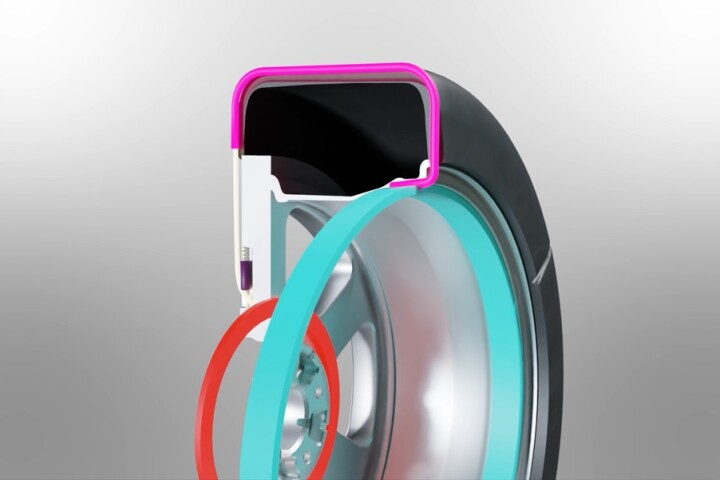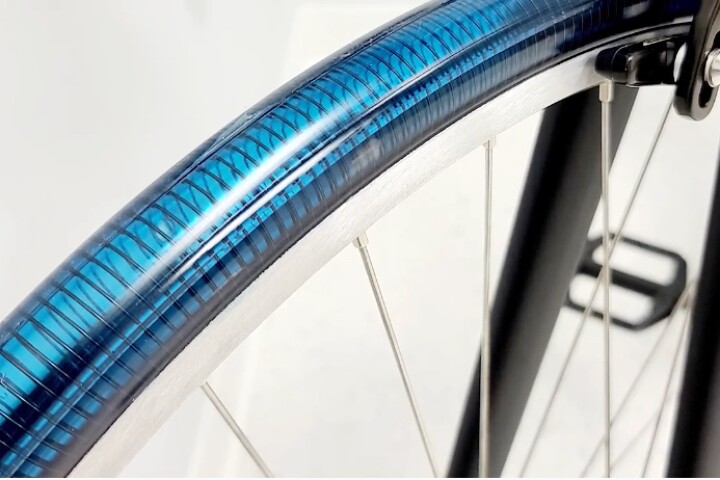Shape Memory Alloys
-
Water striders are fascinating to watch, as they scoot across the water while supported by surface tension. Scientists have now built a tiny robotic version of the insect, which utilizes a record-breaking actuator to get a move on.
-
Hyundai has presented a new wheel and tire design that incorporates built-in snow chains that deploy and retract at the push of a button, potentially putting an end to the fiddly, freezing process of wrapping and removing traditional snow chains.
-
Two years ago, we heard how the Ohio-based Smart Tire Company was developing shape memory airless bicycle tires. Well, the resulting Metl tires can now be purchased via – you guessed it – a Kickstarter campaign.
-
Hand edema, which is a swelling of the fingers due to the accumulation of fluid, is typically treated via a hand massage performed by a therapist. A new finger-massaging glove, however, may offer a less costly and more accessible alternative.
-
When a limb is rendered immobile for long periods of time, its muscles will inevitably begin to atrophy. A new implant could help keep that from happening, however, by mechanically stretching and compressing those muscles.
-
Researchers at Northwestern University in Illinois have demonstrated the world's smallest remote-controlled walking robot. These tiny machines can bend, twist, crawl, walk, turn and jump without hydraulics or electricity, using shape-memory alloys.
-
Although a completely flat-surfaced wheel would be aerodynamic, it would also be hard to keep cool – especially during the braking process. An experimental new wheel rim, however, has cooling vents that open as needed … and they're activated by heat.
-
Although an airliner's engines may be very loud on takeoff, its wings also create a lot of wind noise when it's landing. According to a new study, the latter problem could be addressed with the addition of a shape-memory alloy filler within the wing.
-
An advanced tire technology developed by NASA for use on planetary rovers could be coming to a bike lane near you, with startup the Smart Tire Company leveraging the technology to introduce an airless shape memory alloy tire for bicycles.
-
While dashboard-integrated trays are useful for storing items such as sunglasses, they can also add to a sense of in-car clutter. With this in mind, German scientists have created a tray that flattens into the dash when not required.
-
A German research team has prototyped an extraordinary heating/cooling system that stresses and unloads nickel-titanium "muscle wires" to create heated and cooled air at twice the efficiency of a heat pump or three times the efficiency of an air conditioner.
-
Refrigerator technology hasn’t changed much in decades. Now researchers in Europe have shown promising early results with an experimental cooling system that uses magnetic fields and shape-shifting memory alloys.
Load More











